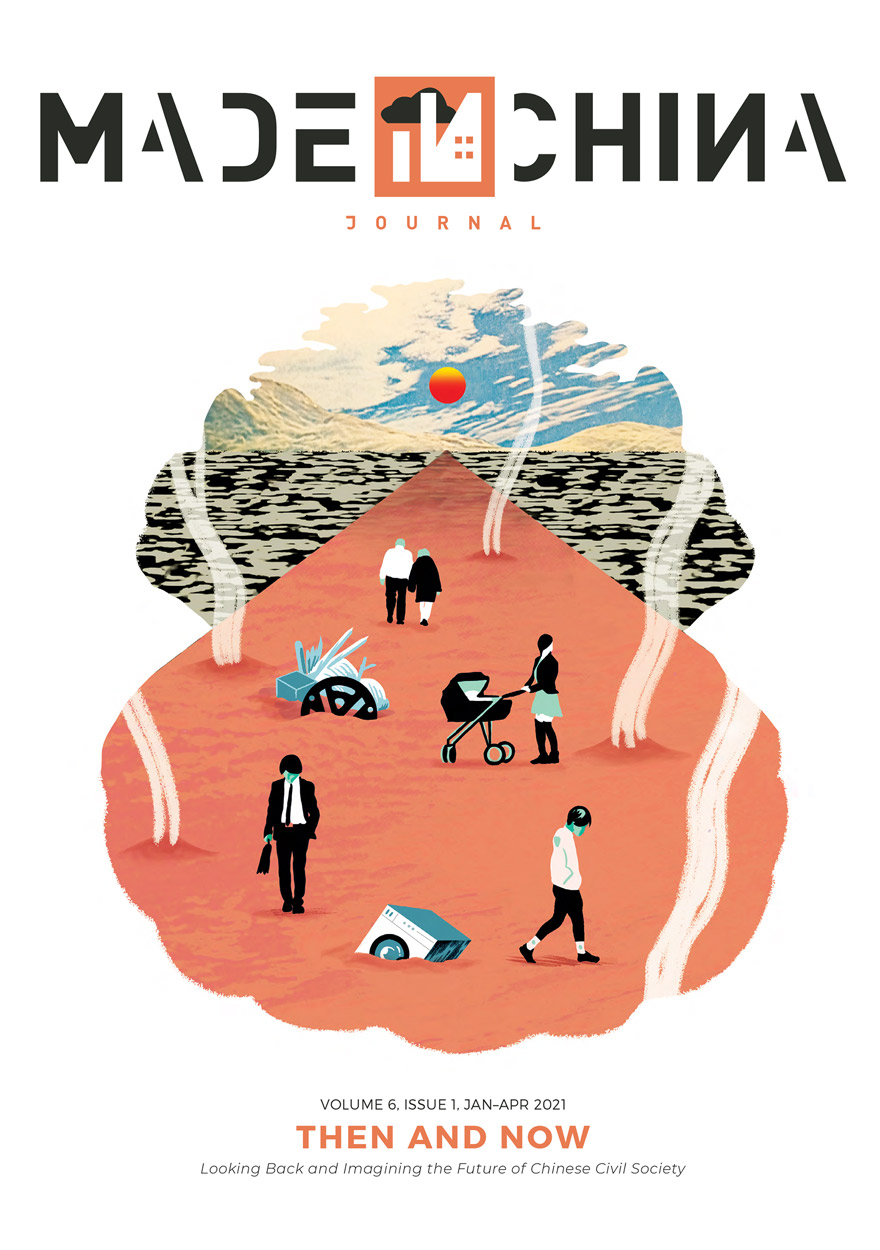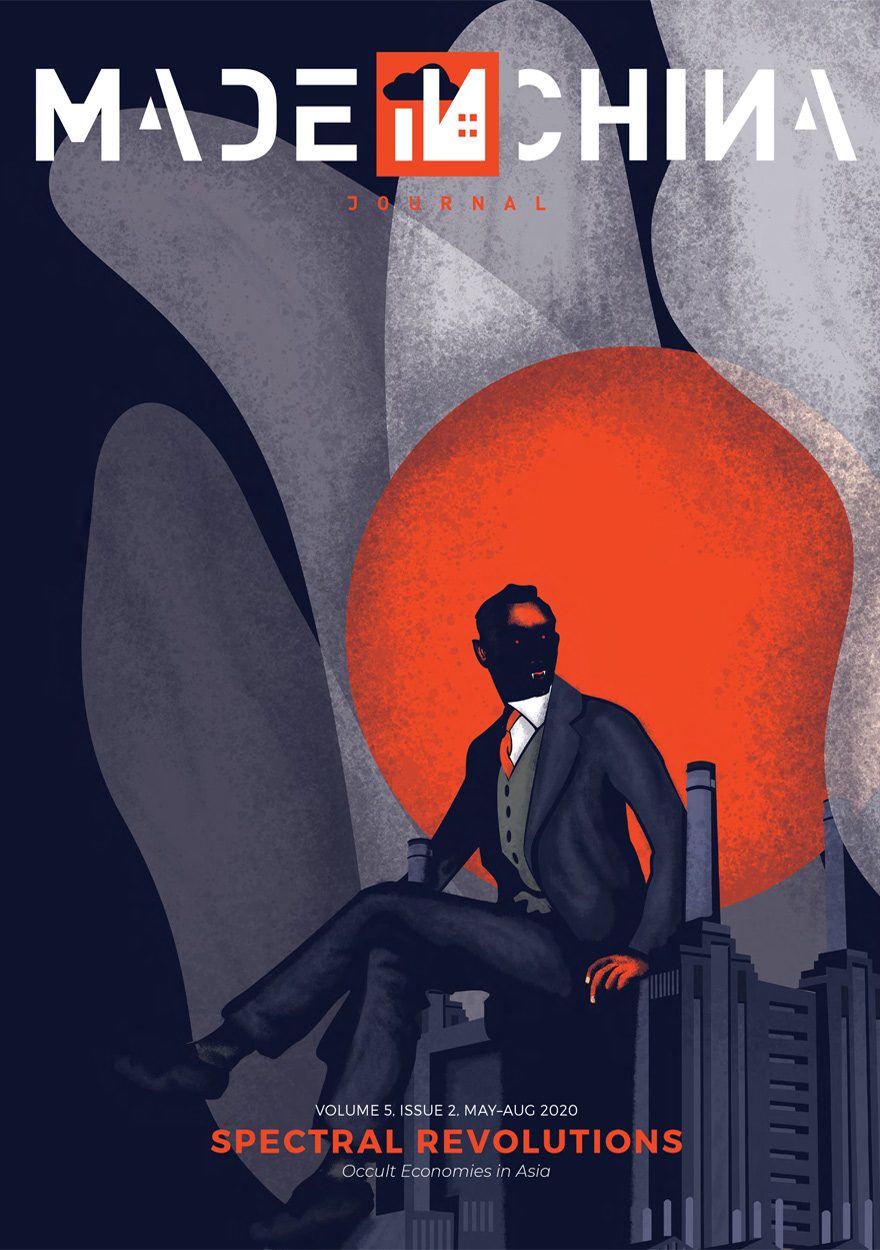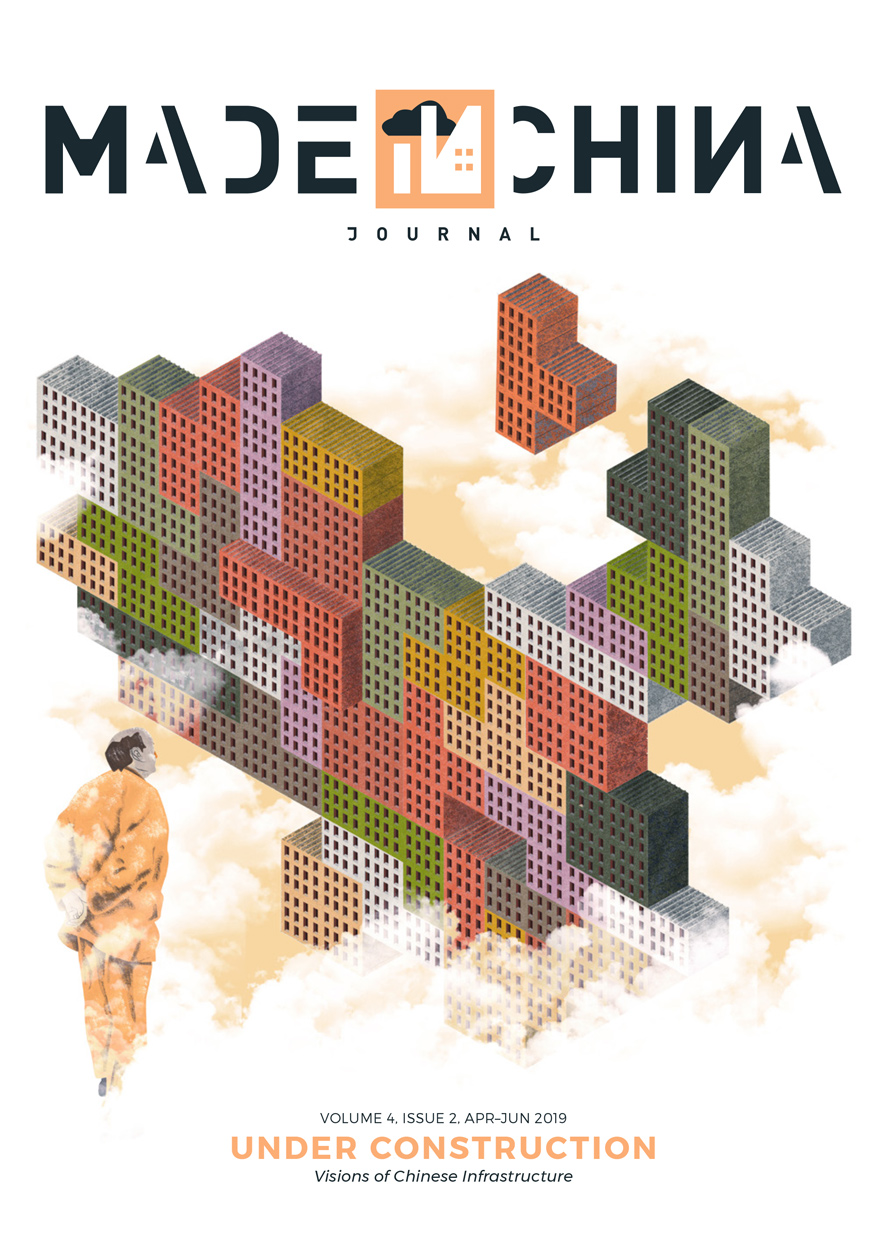Made in China Journal
The Made in China Journal (MIC) is a publication focusing on Chinese politics and society. It is founded on the belief that spreading awareness of the complexities and nuances underpinning socioeconomic change in contemporary Chinese society is of crucial importance, especially considering how in today’s globalised world domestic dynamics in China have reverberations that go well beyond national borders. MIC rests on two pillars: the conviction that today, more than ever, it is necessary to bridge the gap between the scholarly community and the general public, and the related belief that open-access publishing is necessary to ethically reappropriate academic research from commercial publishers who restrict the free circulation of ideas.
Ownership and management
The Made in China Journal is collectively owned and edited by a group of scholars in the field of China studies.
Publishing schedule
The Made in China Journal is published by ANU Press two times a year.
Access
The Made in China Journal is an open-access journal, available from ANU Press.
Copyright and licensing
All issues are published under Creative Commons Attribution-NonCommercial-NoDerivatives 4.0 International (CC BY-NC-ND 4.0). Authors retain copyright of articles published in this journal.
Revenue sources
The cost of publishing the Made in China Journal is covered by the Australian Centre on China in the World, The Australian National University, and the Centre for East and South-East Asian Studies, Lund University, in the spirit of open access to knowledge and its distribution. There are no costs to authors for publishing in or submitting an article to MIC.
Author fees
There are no fees charged to authors for publishing work in the Made in China Journal.
Peer-review process
All essays published in MiC undergo single-blind editorial review by members of the editorial board, with occasional assistance from external reviewers. Manuscripts that conform to the author instructions are allocated to an associate editor who has expertise in the area addressed by the manuscript. The associate editor reviews the manuscript and recommends publication, amendment or rejection to the chief editors. The chief editors make a final decision based on that recommendation. Resubmitted manuscripts may be subject to further review.
Process for identification of and dealing with allegations of research misconduct
If the Editor or an Editorial Board member receives a credible allegation of misconduct by an author, reviewer or editor then they have a duty to investigate the matter, in consultation with the publisher and Editorial Board. If the claim is substantiated, the Editor will follow the guidelines set out by COPE for retracting or correcting the article in question.
Publication ethics
Authors may be asked to confirm that the ethical dimension of their research was approved by an independent ethics review process within their institution, or as conforming to their national standards for research ethics. If necessary, documented evidence of ethics approval may be asked for. Plagiarism and fraud are not tolerated by the journal and would be dealt with under the ‘research misconduct’ guidelines above.
Duties/responsibilities of authors
To generate a manuscript that conforms to the author guidelines, and to assert that permission has been obtained for any copyright material, and that the research was conducted in accordance with appropriate ethical guidelines and is their own work, unless otherwise acknowledged.
Duties/responsibilities of editors
To publish material suitable for the Made in China Journal in a timely manner and to freely make that material available to readers globally. Editors should be vigilant in guarding against, and reporting, any suspicion of academic malpractice.
Duties/responsibilities of reviewers
To provide a critically engaged, honest and unbiased recommendation on the suitability of the manuscript for publication in the journal. Reviewers are encouraged to provide feedback to contributing authors in the spirit of supporting and encouraging improvements to their academic skills.
Editorial team
- Editor-in-Chief: Ivan Franceschini, The Australian National University
- Editor-in-Chief: Nicholas Loubere, Lund University
- Art Director: Tommaso Facchin
- Copy Editor: Jan Borrie
Contact: editors@madeinchinajournal.com
Board members
- Darren Byler, Simon Fraser University
- Yige Dong, State University of New York at Buffalo
- Kevin Lin, Chinese University of Hong Kong
- Andrea Enrico Pia, London School of Economics
- Holly Snape, University of Glasgow
- Christian Sorace, Colorado College
- Shui-yin Sharon Yam, University of Kentucky
- Hong Zhang, Johns Hopkins University
Manuscripts should be submitted by email to editors@madeinchinajournal.com. Attributions should only be made where authors have had a direct intellectual contribution in writing the manuscript.

Made in China Journal: Volume 9, Issue 2, 2024 »

Made in China Journal: Volume 9, Issue 1, 2024 »

Made in China Journal: Volume 8, Issue 1, 2023 »

Made in China Journal: Volume 7, Issue 2, 2022 »

Made in China Journal: Volume 7, Issue 1, 2022 »

Made in China Journal: Volume 6, Issue 3, 2021 »

Made in China Journal: Volume 6, Issue 2, 2021 »

Made in China Journal: Volume 6, Issue 1, 2021 »

Made in China Journal: Volume 5, Issue 3, 2020 »

Made in China Journal: Volume 5, Issue 2, 2020 »

Made in China Journal: Volume 5, Issue 1, 2020 »

Made in China Journal: Volume 4, Issue 3, 2019 »

Made in China Journal: Volume 4, Issue 2, 2019 »

Made in China Journal: Volume 4, Issue 1, 2019 »

Made in China Journal: Volume 3, Issue 4, 2018 »

Made in China Journal: Volume 3, Issue 3, 2018 »

Made in China Journal: Volume 3, Issue 2, 2018 »

Made in China Journal: Volume 3, Issue 1, 2018 »

Made in China Journal: Volume 2, Issue 4, 2017 »

Made in China Journal: Volume 2, Issue 3, 2017 »

Made in China Journal: Volume 2, Issue 2, 2017 »

Made in China Journal: Volume 2, Issue 1, 2017 »

Made in China Journal: Volume 1, Issue 4, 2016 »

Made in China Journal: Volume 1, Issue 3, 2016 »




